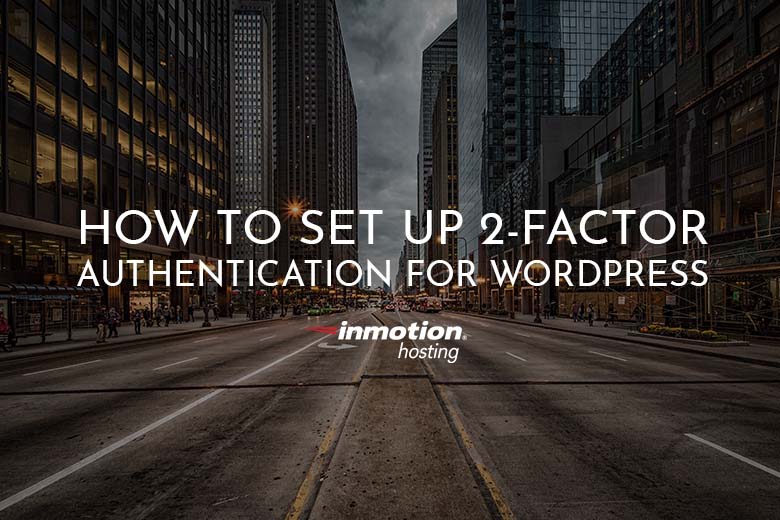
There are several things that you can do to secure your website, like creating a backup WordPress site and setting up two-factor authentication. With the nature of the internet, it’s no longer a matter of if you will be the victim of a hack, but more a matter of when. It’s prudent to prepare yourself with these security features.
First Check Your Backup WordPress Site
The first feature you really need is a backup WordPress site. Many hosting providers feature routine backups as part of their business website plans. However, you should be sure to check how often they back up your site. Some will only randomly backup a site once a week or once a month, while others will run a regular backup every 24 to 48 hours.
The latter is your best option because you need to be able to restore your website quickly, but also get the best backup possible. If your website has not been backed up for a month, then the data you restore from will not necessarily be the most accurate or useful.
What makes a backup so important is that it provides you with a restore point. Let’s say that you run a backup on Monday and then on Tuesday you find that your website has been hacked and malware installed. You can then roll back to Monday’s backup and restore your website from that point so that the malware will be removed from the site. However, you will still need to take other steps, such as two-factor authentication, to truly secure your website.
Two-Factor Authentication
When you first set up your WordPress website, you were given access to a control panel that lets you make administrative changes and updates to the site. The login for this was password protected. When you create a password, it needs to be as secure as possible. A four-digit PIN only has 10,000 possible combinations. A computer program can easily “guess” the correct PIN by randomly trying all the possibilities.
To make your password more complex, it should be an 8 to 16-character mixture of capital letters, lowercase letters, numbers, and special characters. However, there are still ways that a hacker can get access to this password.
Hackers will use what is referred to as a “brute force attack.” This means that they will try every possible combination until they get it right and gain access to your site. A complex password is just going to slow this down.
You should take two steps to make it even harder, if not impossible, to use a brute force attack. First, you should limit the number of login attempts. This way, the hacker can try to log in three times, but after the third failure, he or she will be locked out of the system until they contact the administrator to reset it.
With two-factor authentication, you require two distinct log-ins. The first will be your usual username/password combination. But after that, the second authentication will be an email or text message sent to your smartphone. This will generally be a code number that you have to enter to verify that it is you logging in.
A hacker may be able to randomly guess your password. But they will also have to physically steal your smartphone to get past this second layer of protection.
Setting Up Two-Factor Authentication
It’s actually very easy to set-up two-factor authentication. First, you should install a two-factor plugin such as Two Factor and Two Factor SMS. Once installed, these plugins will walk you through the process of setting up your account so that it’s properly linked with your smartphone.
You may also need to register with Twillo when using these plugins, as this will provide you with an SMS messaging system.
For Two-Factor Safety Look No Further
There are many web host providers who can help you create a backup WordPress site and provide you with assistance with two-factor authentication. InMotion Hosting has both available and can provide you with the help you need to make your website safe and secure.